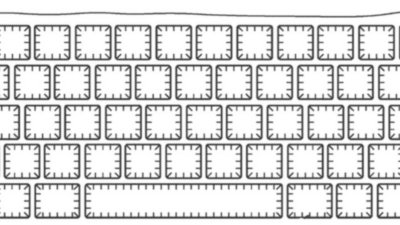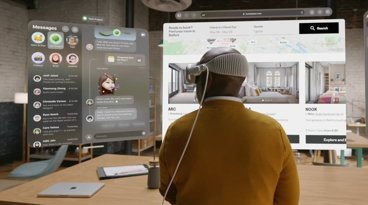Apple's biggest introduction on Tuesday: Apple Park
Next Tuesday, Apple is expected to unveil its largest array of new product introductions ever, ranging from iPhone 8— and a premium new iPhone X— to a new 4K/HDR Apple TV, new Apple Watch Series 3, revamped AirPods and the company's new HomePod appliance— as well as its new Apple Park campus. Here's why it all matters— starting with the location.
Steve Jobs Theater at Apple Park during construction in June 2017
Steve Jobs Theater at Apple Park
Certainly the "largest" new unveiling of the event will be Apple's new Campus 2, now officially branded as Apple Park— a sprawling green campus centered around a futuristic "infinite loop" Ring and surrounded by satellite Phase 2 buildings that are both beautiful and minimalistically functional for research and design over the coming decades.
If Apple has been a force to be reckoned with while it operates out of a drab headquarters straight out of the dystopian suburbia of Office Space, a complex and its surrounding sprawl that's been overutilized through the last decade of Apple's intense growth and was originally built back in the mid 1990s— back when Apple Computer built a few million Macs per year and struggled to license its reference designs for handheld Newton MessagePad tablets that nobody wanted— imagine what will come out of these modern new facilities designed to inspire creativity and integration among teams.
The Apple Park name is an apparent homage to PARC, Silicon Valley's Xerox Palo Alto Research Center, where a variety of advanced computing ideas originated in the 1970s before being turned into real products by Apple (the original Mac), Adobe (PostScript), Cisco (Ethernet), Microsoft (Word) and many others.
Apple's current style of R&D is far more immediate and practical than the academic experimentation of Xerox PARC, or for that matter the former Advanced Technology Group that Apple itself ran into the late 90s, or Microsoft Research or Google X or other labs that invent technology that rarely escapes to see any practical implementation in the real world.
A Theater named for the Showman
Tuesday's event is specifically being held within the subterranean Steve Jobs Theater, pictured below while it was still an excavated hole two years ago, back in the summer of 2015.
The new venue is named in recognition of the man who not only co-founded Apple, but led the development and commercialization of PARC technologies that became the Macintosh in 1984; built the team that created the futuristic NeXT platform in the 1990s that became the basis of macOS X and iOS in the 2000s; resuscitated the culture of Apple with blockbuster, industry-shifting products ranging from iMac to iPod to iPhone and iPad, as well as ambitious software projects ranging from Pro Apps to iCloud; and presented plans for the new campus at his last public appearance prior to his passing in 2011.
What we already know about the Steve Jobs Theater is that it is meticulously designed to detail and demonstrate new technology product introductions— not just these being shown next week for 2017, but for decades into the future. It's a major capital investment in Apple's theatrical Event model that has worked to introduce a string of hits for the company over the last twenty years.
Rather than renting an arena or a trade show booth and throwing up massive banners shouting about how innovative their new catalog of SKUs or licensing initiatives are— in the model of Samsung, Microsoft or HP— or simply throwing a symposium party in a nearby outdoor venue like Google IO, Apple's Steve Jobs Theater is designed to perpetuate the cyclical model of new dramatic technology introductions in the form of real, desirable products available for immediate sale.
And, presumably, Apple will also be able to use the theater across the rest of the year to welcome shareholders and train employees in the model of Apple University.
Apple Park as a currency of competence
One more thing about the new Apple Park: its purported $5 billion price tag is roughly the same size as the conflagration caused by Samsung rushing a defective product to market last fall, mishandling its safety recall, and then burning down a series of related strategic plans and partnerships, including the Facebook/Oculus deal for Gear VR that tied to the Galaxy Note 7 bonfire.
Apple Park is not only a monument to the meticulous competency of Apple as a company, but also serves as a reminder of the massive destructions and waste of capital at the hands of Samsung and other rivals of Apple's iOS.
Using Apple Park as a $5 billion currency of competence, we can debit Google with three negative Apple Parks worth of incompetence and lost opportunity just for its failed acquisitions of Motorola and Nest; chalk up another three negative Apple Parks in Microsoft's bungled acquisitions of aQuantive and Nokia, write off almost 30 negative Apple Parks for BlackBerry's collapse from its peak 2008 valuation, and something around negative 48 Apple Parks worth of Nokia's collapse since iPhone was unveiled.
On the other hand, Apple itself now sits on 30 Apple Park's worth of liquid capital (subtracting its debt holdings), and the company brings in enough cash flow to fund another two Apple Parks about every three months.
So far, we've gotten regular looks at Apple Park and the Steve Jobs Theater via drone flyovers and tweeted photos, just as we've always seen leaks of case design photos, screen shots of upcoming iOS features and leaks of codenames and product packaging.
Many of the leaks are already known facts or strongly speculated well in advance based on Apple's previous acquisitions and investments. All the same, every Apple Event also carries new surprises and details that were kept tight secrets, and this Tuesday should reveal plenty new things about known products and initiatives, including the brand-new venue itself. The next segment looks at iPhone 8, 8 Plus and iPhone X.
 Daniel Eran Dilger
Daniel Eran Dilger
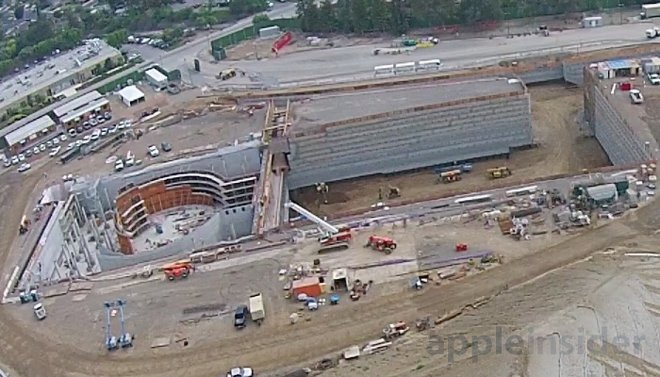
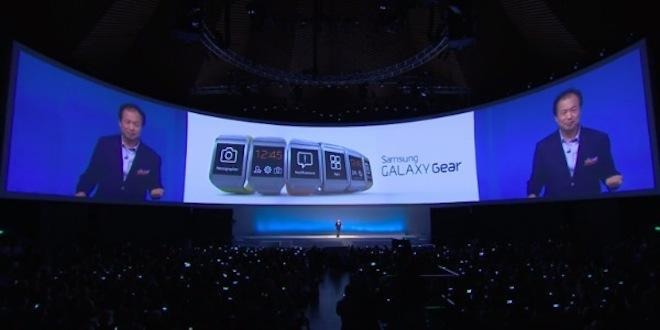
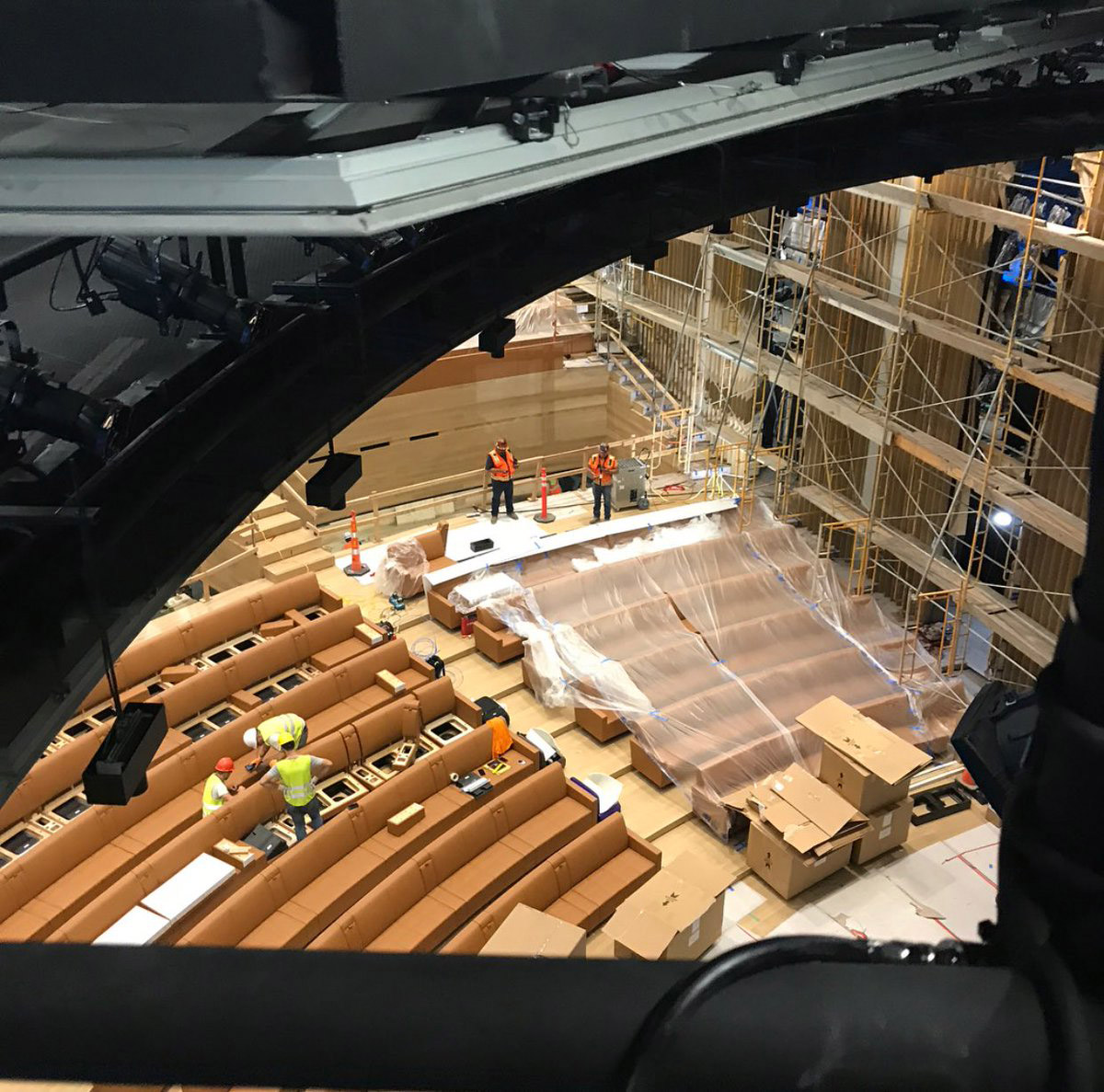



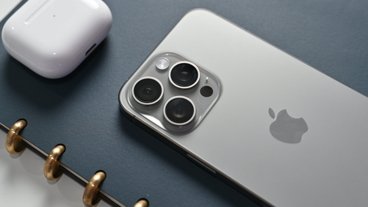
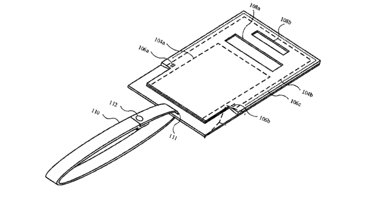





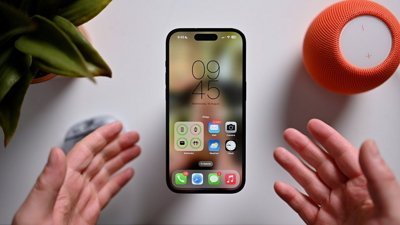
 Malcolm Owen
Malcolm Owen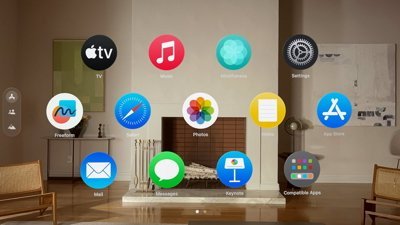

 William Gallagher
William Gallagher
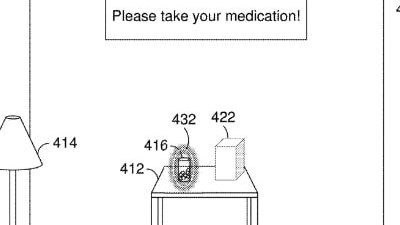
 David Schloss
David Schloss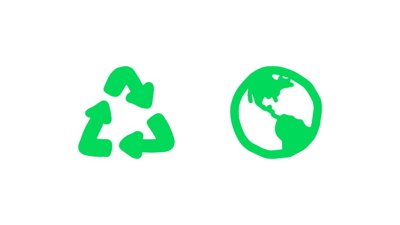
 Amber Neely
Amber Neely